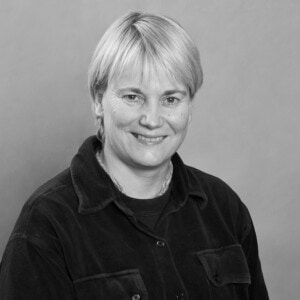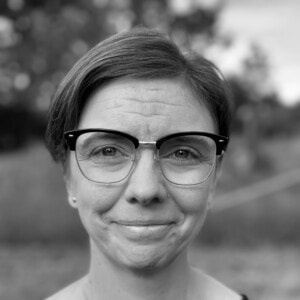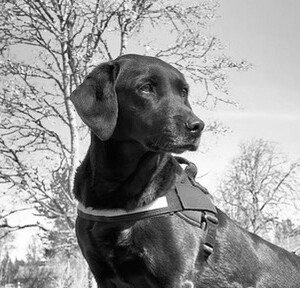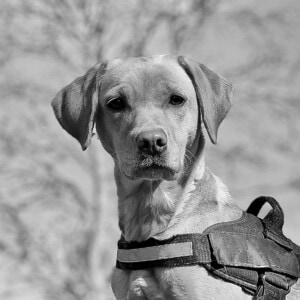Anne Cathrine Flyen
- Architect —
- Researcher
- Built Heritage

NIKU is participating in an expedition to Kvitøya to document the cultural environment surrounding S. A. Andrée's failed polar expedition in 1897. The so-called "death camp," where the expedition team was found deceased, is exposed to natural degradation and wear from tourism.
Kvitøya is one of the most remote islands in the Svalbard archipelago. On this island S.A. Andrée and his two expedition members landed after an unsuccessful attempt at becoming the first in the world to reach the North Pole by air.
The Northeast and Northwest Passages had already been conquered. Leaving only the North Pole remained to be reached. Previous expeditions had attempted to reach the pole by ship but had to turn back due to sea ice. Andrée, a forward-thinking Swedish engineer, aimed to fly to the North Pole with a hydrogen balloon, crossing the ice from above. In 1897 they set out from Virgohamna on the northwest coast of Spitsbergen, Svalbard’s largest island. However, they disappeared without a trace.
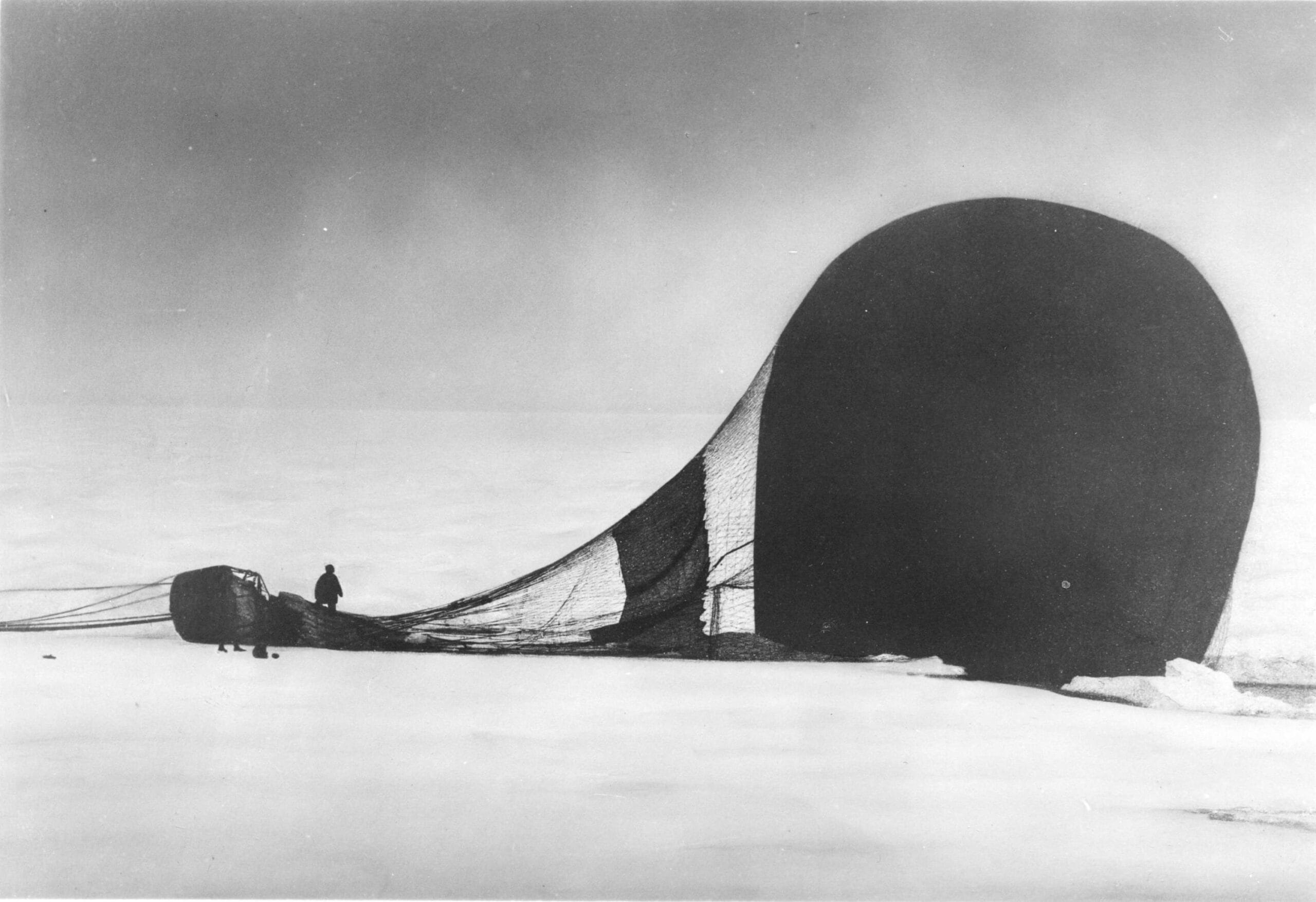
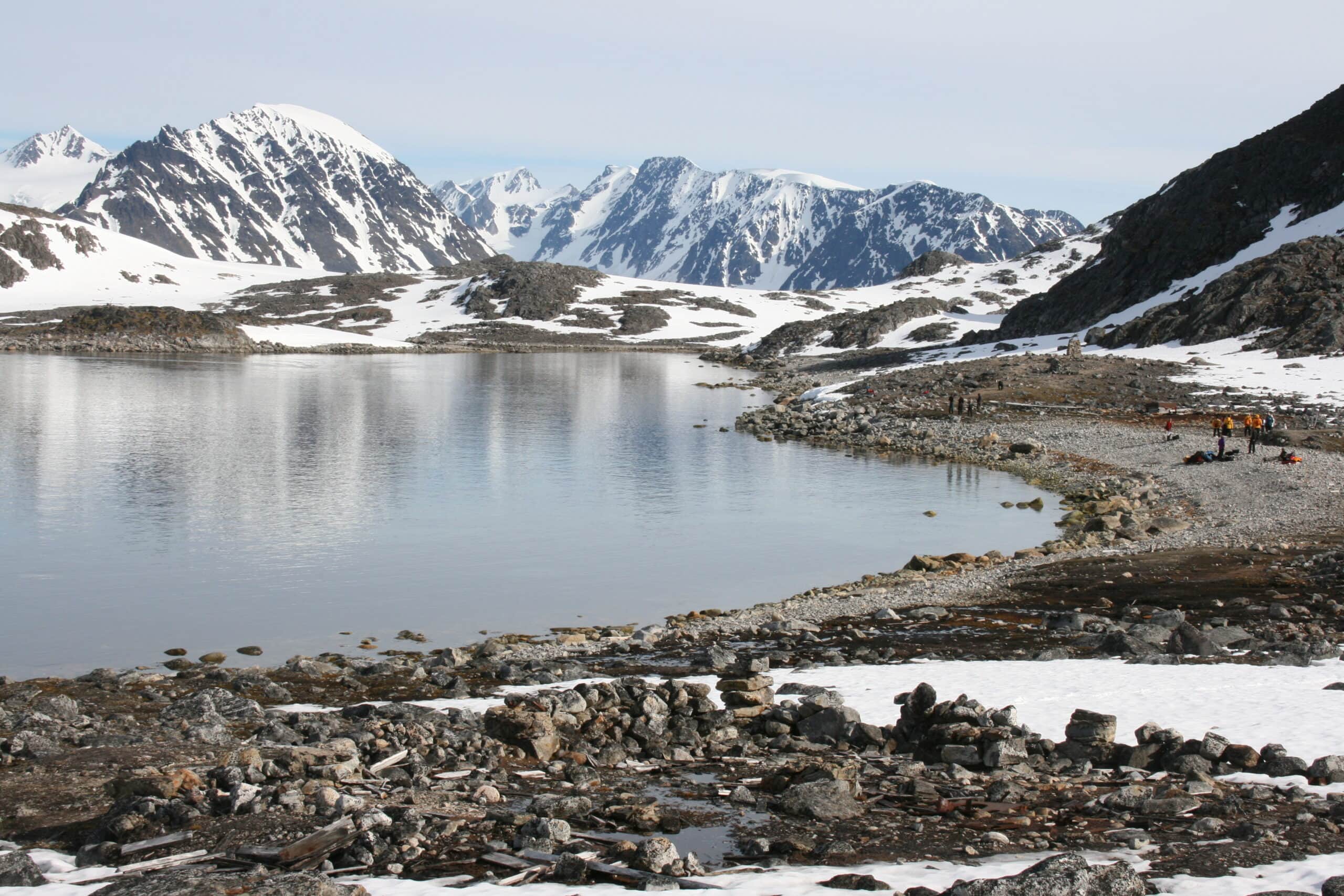
33 years later, their camp was discovered on Kvitøya. All three expedition members were found dead in the camp. Today, this site is highly valued and automatically protected as a cultural heritage site according to the Svalbard Environmental Protection Act. Unfortunately, the causes of their deaths remain unknown. The cultural environment is poorly documented, lacking essential management-related knowledge. Natural decay is accelerating due to climate change, and the area has been heavily impacted by tourism, leading to degradation. This project has three main objectives, which will be addressed through various subprojects:
The project is a collaboration between polar researcher Anne-Cathrine Flyen, archaeologist and drone pilot Jani Causevic from NIKU, and Dr. Bea Uusma, a physician at Karolinska Institutet in Stockholm. Dr. Uusma has researched the cause of death of the Andrée expedition for two decades and is the author of the award-winning factual book ‘Expeditionen,’ published in 13 countries. Dr. Björn Nilsson, archaeologist and department head at the Department of Cultural History, University Museum in Bergen, and Dr. Clara Alfsdotter, forensic osteologist and archaeologist, are also part of Dr. Uusma’s team. Additionally, two archaeology dogs will participate in the expedition and fieldwork on Kvitøya.
NIKU, led by Flyen, is responsible for cultural heritage research, while Uusma, from KI, oversees medical and historical aspects.
Archaeological investigations will be conducted, with NIKU responsible for fieldwork. NIKU has also handled all applications and permits related to the fieldwork, which requires various permissions for cultural heritage and environmental studies, field plans, safety, and landings. Subprojects related to Objectives 1 and 2 fall under NIKU’s responsibility, while those related to Objective 3 are Bea Uusma’s responsibility.
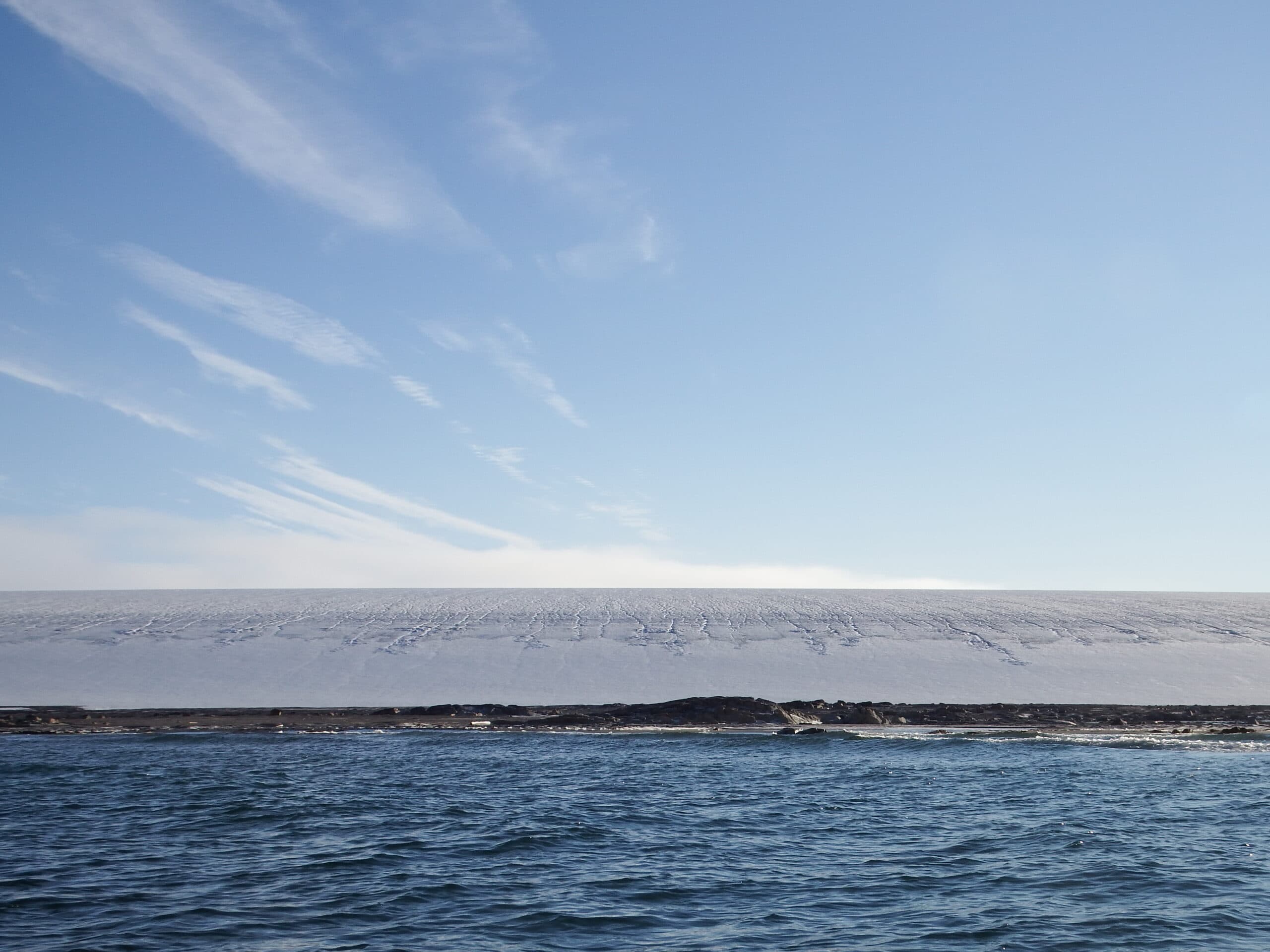

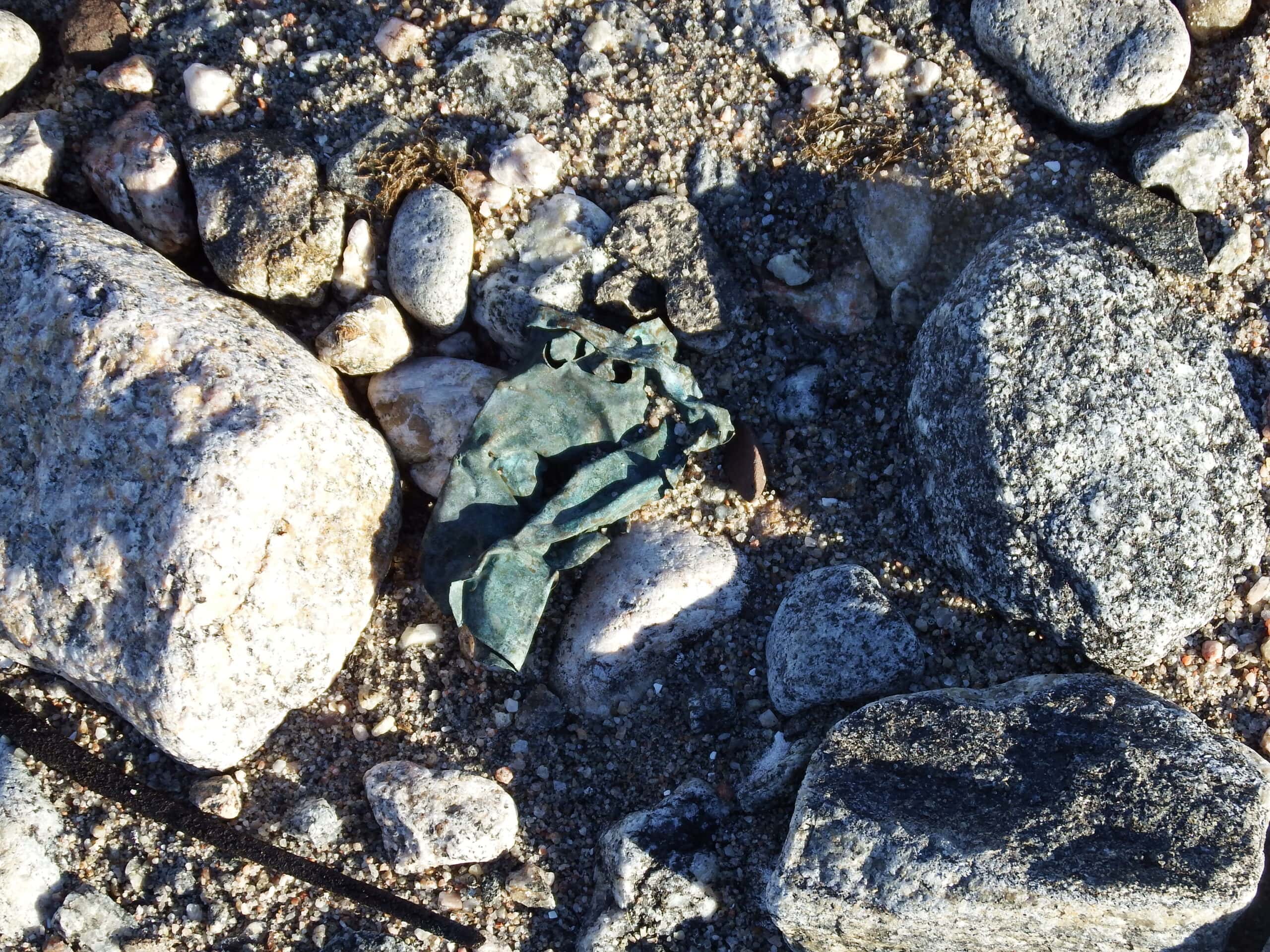
NIKU will digitally document any findings and the entire cultural site, using drones, photogrammetry, and scanning. A three-dimensional digital model of the landscape and cultural environment will be created for monitoring purposes.
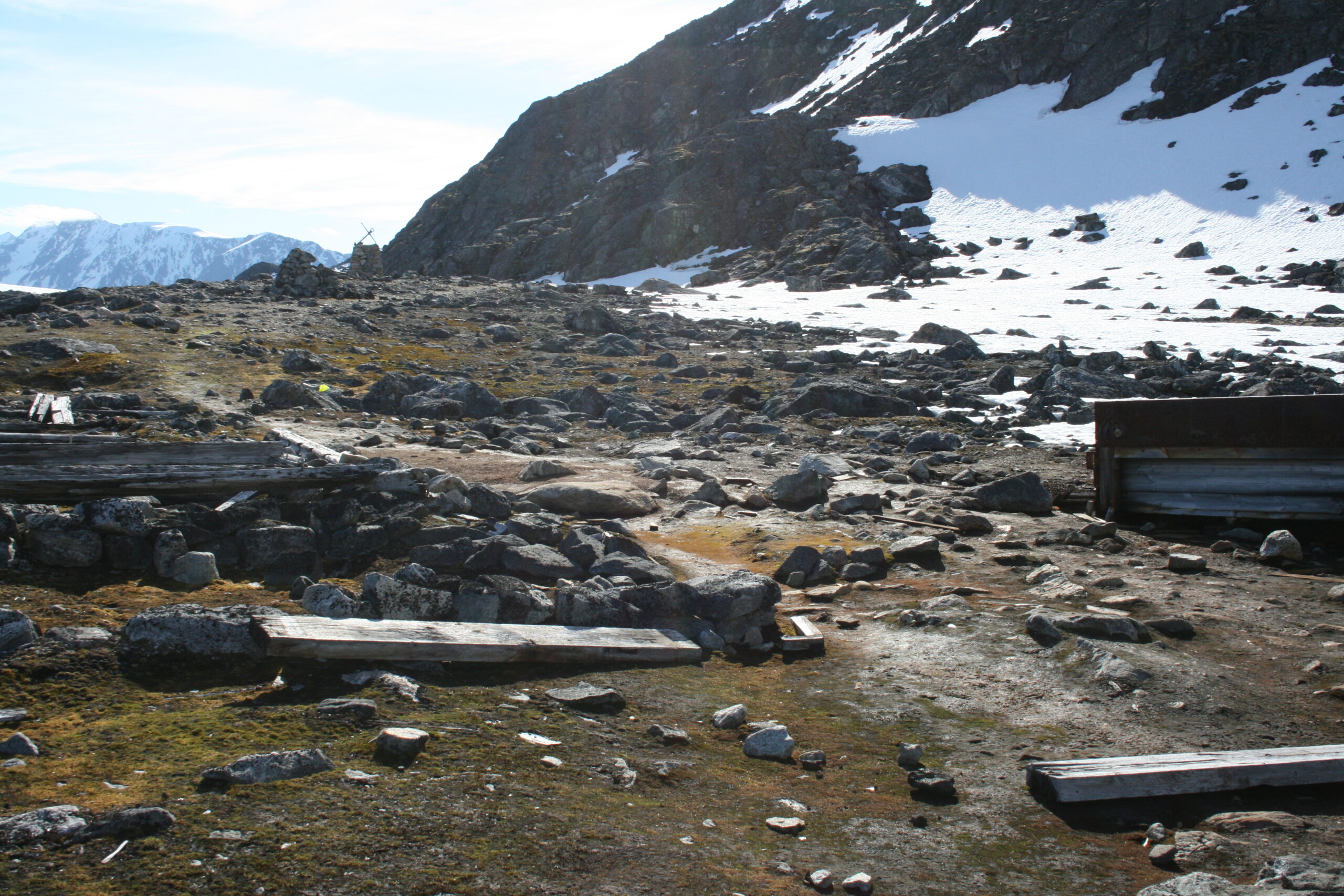

NIKU will also assess the vulnerability, analyze, and evaluate the cultural environment, documenting and observing the impact of tourism.
Uusma’s team will search for remains and material objects from the three expedition members. If any findings occur, the project has permission to collect up to 10 osteological samples and transport them to the Svalbard Museum for detailed osteological and taphonomic analyses. These investigations may shed light on the mystery of what happened during the last days of October 1897 on Kvitøya and reveal the cause of the expedition members’ deaths.
Read more
If you want to read more about Virgohamna – and how this cultural environment became a recognized cultural heritage site, read this article from Dr Flyens PhD: A Cultural Landscape Emerges: Analyzing the Evolution of Two Historic North Pole Expedition Bases in Virgohamna, Svalbard, from Trash to a Protected Cultural Heritage Site.
